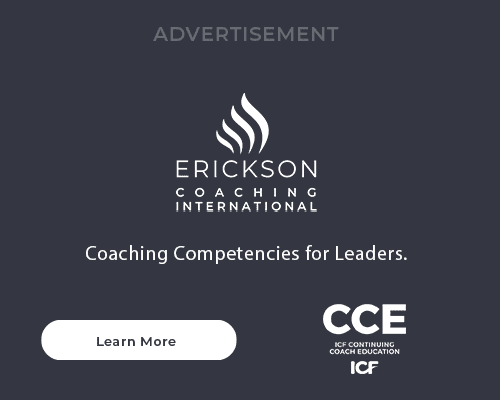Setting and Achieving Transformative Goals
Setting goals is important in life. It’s also a key component of many approaches to coaching. Yet we have to admit that not all goal setting is effective. Some ways of thinking about goals and goal setting are more conducive to client fulfilment and progress than others.
John Whitmore’s “Pyramid of Goals” explores the links between dream goals, end goals, performance goals and process goals. Understanding the difference can help us facilitate client thinking towards goal setting that helps, rather than hinders, them to achieve their dreams.
Setting Transformative Goals
Barriers to achieving goals are external and internal. As coaches, we focus on identifying ways of eliminating both, encouraging clients to shift focus away from fear and aversion towards aspiration for what is actually desired. In this process, we facilitate clients in digging deep to identify goals that are meaningful for them.
If goals are set by someone else, or if goals are not aligned with what clients themselves aspire to achieve, clients are deprived of agency and choice. It follows that self-motivation and responsibility for achieving the goals will be minimal, and the likelihood of success remote.
Transformative goal setting taps into clients’ deepest desires, exploring their core motivations, dreams and highest aspirations. Without a vision which fully engages their imaginations, emotions and will power, clients are very unlikely to summon up the effort to drive through even the most well-designed plans.
Let’s take a look at the “Pyramid of Goals.”
1) Dream Goal
The Dream Goal is what inspires clients, the desired future, the vision that gives meaning to getting out of bed in the morning. It’s the Pole Star, guiding a client’s course, the thought of which makes effort worthwhile.
2) End Goal
The End Goal is what clients are aiming to achieve, the Dream Goal expressed in terms of 3-D reality. The End Goal is something feasible and stretching, though its attainment may not be fully in a client’s control. If it’s a particular job, another candidate may be selected. If it’s winning a prize, it may be awarded to someone else.
3) Performance Goal
The Performance Goal is the level of performance clients believe is necessary to achieving their End Goals (all things being equal). Crucially, the Performance Goal is entirely within the client’s grasp. The client alone is responsible for the input necessary to achieving it. Setting interim goals as benchmarks takes clients bit by bit to the level necessary to achieving this goal, which is the level necessary to achieving the End Goal as well. Factors out of the client’s control may result in not attaining the End Goal, but the necessary performance level to eventually gaining it has now been reached.
4) Process or Work Goals
This is where we hit reality. Aside from the dreams and rhetoric, how much are clients willing to invest of themselves in the process of reaching their Performance Goals? Self-insight and honesty are necessary because no goal is achievable without commitment to putting in the necessary amount of effort. Clients are forced to reflect deeply. If the commitment is not sufficient, motivation and goals need to be rethought.
Coordination of Goals
Understanding the differences described above helps us steer clients away from failure. Coordinating goals skilfully can build confidence, a feasible plan, and a very good chance of ultimate success.
A Dream Goal inspires the determination and tenacity to carry on. A feasible End Goal sustains enthusiasm to keep trying. Well-aligned Performance Goals take us to the level necessary to achieving the End Goal. And, Process or Work Goals ensure we carry out all the necessary work.
If we confuse Performance Goals, Dream Goals and End Goals, we’re likely to blame ourselves for failures that are due to factors we couldn’t control. That’s the road to disillusionment and failure. Insightful aligning of Performance Goals with End Goals ensures that, even if ultimately decisions go against us, we’ll have achieved the level necessary to try again. We’ll know we’ve striven and given what it takes to achieve what it is within our own power to achieve.
Final Note
Understanding and coordinating the “Pyramid of Goals” is essential for a coach. It’s the blueprint to building client strength, grit and determination, as well as client confidence, belief and self-responsibility. Such goal setting is transformative, laying the foundations for reaching out towards dreams that need not always be beyond our grasp and goals we can be assured we can reach.



Waw, this knowledge is all i needed about goal setting, which may be confusing in the different methods that speak about different goal types without saying it. Thank you very much for you input. All my very best. Nassim
Thanks for the feedback, Nassim, and I’m glad the post has been of help. It’s great the different types of goals are clearer for you now, and if I’ve helped take you forward with your thinking, I’m very pleased. All the best to you too. Alison
Hello iam sreelatha thank you for sharing amazing information about the goal setting can you please give me any instrctions to me for writing blogs
Really impressive and worth reading article. This article has all the information available which requires to explain the topic to Goal Setting. I would like to say you thanks for this piece of great information Charito Hans – Author.